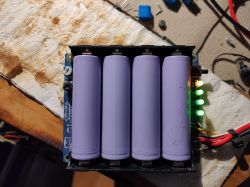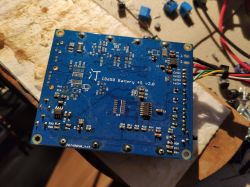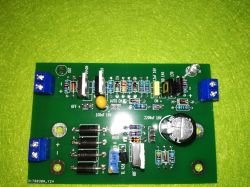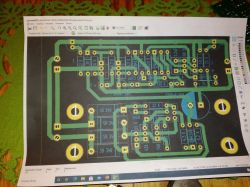krzysiek_krm wrote: With all due respect, but in my opinion, building such a system is actually pointless. There are ready-made "hardware secondary protection" circuits, which are tiny, quite cheap, with a handful of small elements attached to them and you get a ready-made system.
On the other hand, you can build a protection system from a handful of small elements (6-7), where the largest is the mosfet that cuts off the power supply. Somewhere after this forum there is a protection scheme for a lead battery (in which it is enough to change the zener diode to match the activation threshold), and it only takes the gate leakage current after activation.
krzysiek_krm wrote: Compared to the system made of specialized elements - the presented system is monstrous.
It is monstrous even in comparison to the sensible "self-made", but that does not mean that it is a disadvantage - it depends on how to use it. Although in terms of size - it would be best if this plate was a little larger, so that a basket for the entire package could be placed on it.


krzysiek_krm wrote: Somewhere there is information about a supply current of about 1 mA - this current is huge, specialized systems require a current of several uA and in the OVD sleep mode even below one uA.
It depends on how this system is used, if after switching off the packet will be charged within a few hours, that's ok, maybe this 1 mA is also worse, as there is a risk that the packet will be left for a week after discharging.











 I have it as it was and always the price of $ 2 for the first order in a package, I don't know what it depends on.
I have it as it was and always the price of $ 2 for the first order in a package, I don't know what it depends on.